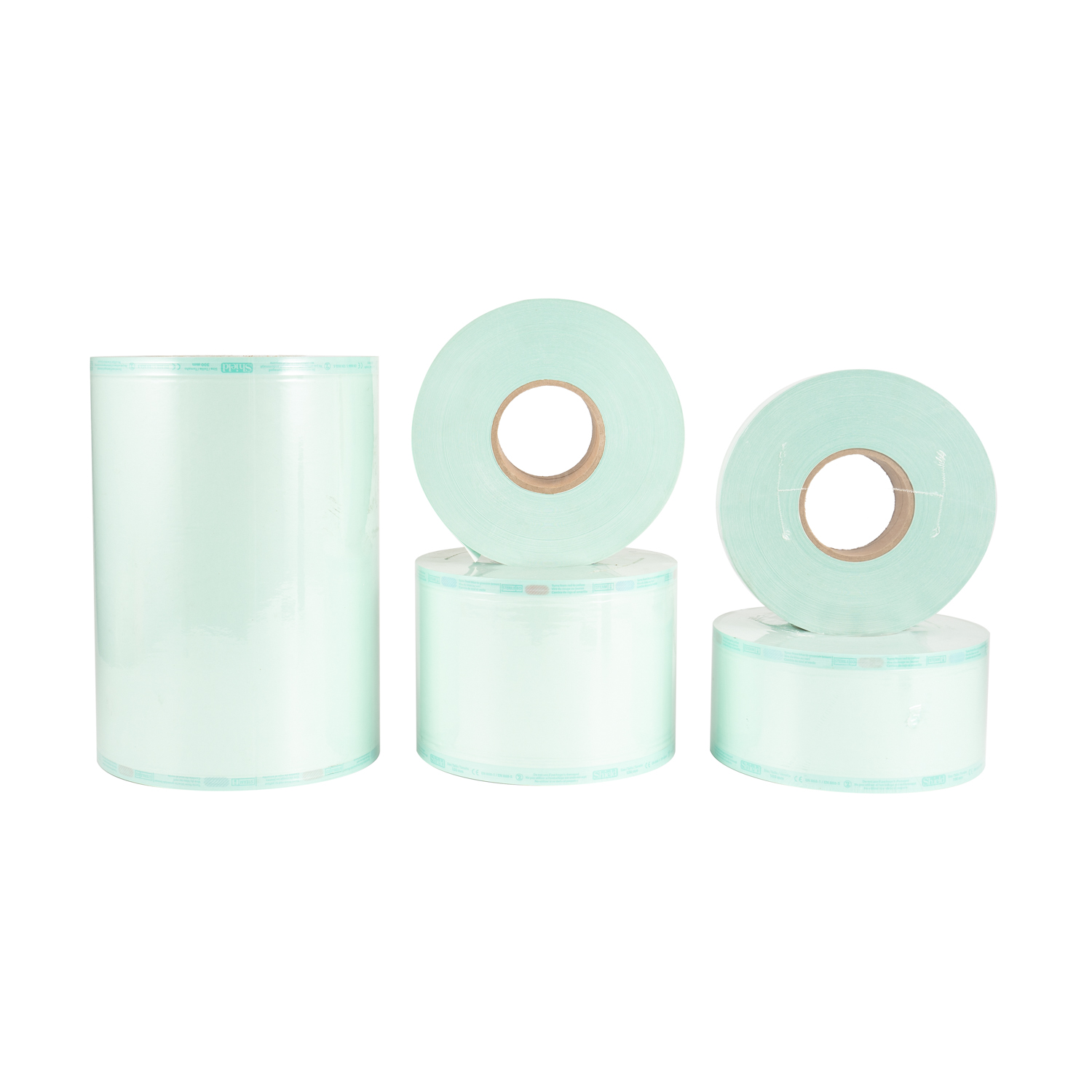Medical device packaging bags
It is used for packaging medical device products. It can be sterilized and aseptically operated (such as
clean opening). It can provide acceptable microbial barrier performance, protect the product before and
after sterilization, and maintain the sterile environment inside the system within a certain period of time
(marked validity period) after sterilization.
Medical device packaging bags
Mainly paper-plastic bags and paper-paper bags (paper-plastic bags are mostly American paper, French paper, British paper; paper-paper bags are domestic paper)
ETO ethylene oxide, high temperature and hot steam, γ cobalt-60 ray irradiation, plasma, formaldehyde, etc.
Blister boxes made of PET, PP, or PETG, etc. Heat-sealed medical coated paper, mostly DuPont Tyvek blister cover material Tyvek coated paper
Mainly medical device manufacturers and hospitals.
Hot-press sealer seal and double-sided adhesive seal
International ISO11607; EU EN868; China GB/T19633
Put in the device, seal, sterilize, and the bag can be stored for 1-5 years based on the principle of
bacteria-proof sterilization factor, achieving the barrier effect of medical sterilization packaging bag
Put the device to be sterilized in the packaging bag, and after sealing, the microorganisms on the device
in the bag can be killed by physical or chemical methods, and the device in the bag can be kept sterile
within the specified validity period. The specific functions may include the following
- Adaptable to the corresponding sterilization process;
- Protect the device and keep it in an acceptable use condition;
- Has bacterial barrier properties, and can maintain the sterility and integrity of the device before use;
- Can be opened aseptically to use the device;
- Correctly identify and use the product.
Quality technical requirements
1.The materials must effectively block microorganisms/bacteria ASTM F-1608
2.Must be adapted to the promised sterilization method ISO11134\ISO11135\ISO11137
3.Maintain the sterility of the product. The packaging cannot be polluted by air, fiber damage, dust and
other foreign objects, and microorganisms cannot invade (ASTM D-2019). Therefore, the packaging must
ensure:
–No damage to the materials;
–The sealing is complete, the peel strength (ASTM F88) is appropriate, there is no penetration (ASTM: 1998), no explosion (ASTM F-1150 / ASTM F-2054), and the peeling is clean (EN868-5).
4.The materials or packaging should be suitable for subsequent processing;
When the materials are manufactured, the shedding of particles, such as fibers, flakes, ink shedding, and dust, must be minimized. (ASTM D-2019)
5.After the package is opened, there should be obvious signs that it has been opened;
After the package opening is opened, there should be no arbitrary re-sealing. (Prevent the package from
being opened and contaminated and then closed again)
6.The opening position and direction should be marked;
It should be easy to open, and the opening position should be convenient for users to open (EN980)
7.The product must be identifiable (the printed mark should comply with the requirements of medical
device laws and regulations, including materials with one transparent side so that the product inside can
be seen)EN980
Medical device sterilization packaging-chemical indicators and printing inks
8.Sterilization color-changing chemical indicators, this product is similar to printing ink, and the
processing principle is the same as printing ink. It is usually printed inside or outside the packaging bag.
The principle is that under specific sterilization conditions, the indicator ink changes from the initial color
to a pre-set color. The function is to intuitively indicate whether the sterilized product has passed and
meets the specified sterilization conditions. Sterilization color-changing chemical indicators are divided
into water-based and oil-based, the difference is that water-based does not contain heavy metals.
Printing inks are usually divided into water-based and oil-based. Based on the quality requirements of
medical products, medical packaging usually uses water-based ring-wrapped inks.
The inks should pass the ISO10993 biocompatibility test, and the heavy metal content should comply with
IEC 62321:2008, US EPA 3052:1996 requirements.

